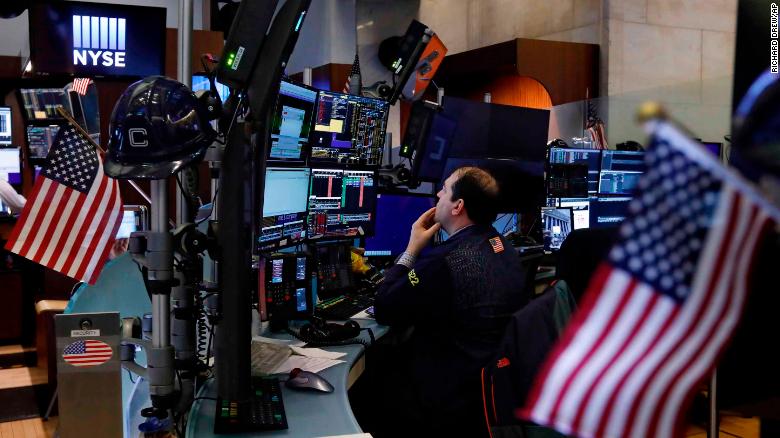We did see some life in FX markets, however, with the USD continuing to laugh in the face of several incredibly bearish calls of late. EURUSD is looking to push through 1.1200 and that could open up a near-term move into 1.1139 (S2 and the daily implied option move). The USDX, which takes a 57% weighting of the EUR has been moving higher, although we see price tracking in a bear flag and should the USD bears step up to complete the pattern then I’d go along with that – until then, I am not betting against the USD and to do so would need the bullish tape in global equities to resume.

GBP has been well traded in the wake of the BoE meeting and while the BoE avoided talk of negative rates and lifted its QE program by the minimum expected, the flow has been quite heavy on the GBP offer. EURGBP looks the more interesting trade, with the cross holding the 90-handle and there is scope to head to 0.9090, although we will need to see the move extend through 0.9020. In GBPUSD, a break of the 50-day MA in cable (now 1.2427) takes us to 1.2290 in my opinion.
The week ahead
Turning the page to next week, data is on the light side, although there are a few bits to watch in Europe, with PMIs, and the IFO survey on the docket. I have put together the weekly volatility matrix, which looks at the option market and at the ATM straddle and 10-delta strangle price. For non-options traders, these strategies are for traders to buy and sell volatility and offer an explicit degree of movement implied in price, with a 68.2% degree of confidence and 80% that price will be contained within this range. I like to use this for spot FX trading as it helps understand if the market sees movement given the known event risks – we can use this effectively for risk purposes.

One way to visualise this is to draw the ranges, in a similar fashion as a forward-looking Bollinger band. Here, I have used USDJPY and drawn the straddle range and 10-delta strangle which gives me the outlier move. 10-delta is effectively an option which the market sees as having a 10% chance of price moving past the strike and ‘in the money’.
Basically, it would be a big surprise if price was to move either side of the wings. Pivot points are good tools and I use these as well in conjunction.

We can look at the weekly FX risk reversal matrix too. A ‘risk reversal’ is basically the 1-week call volatility subtracting 1-week put vol against it. If you see a negative number, it means put (bearish) vol trades at a premium to call (bullish) vol and tells me the market has been better buyers of downside structures as opposed to bullish ones. Or put another way, if the market expects a move it expects a more aggressive downside move than upside.
Some pairs, such as AUDUSD will generally always trade a negative, hence we look at the level in relation to a 12-month range, or preferably 3-year range. It offers a great alternative way of measuring sentiment in a currency pair.
















